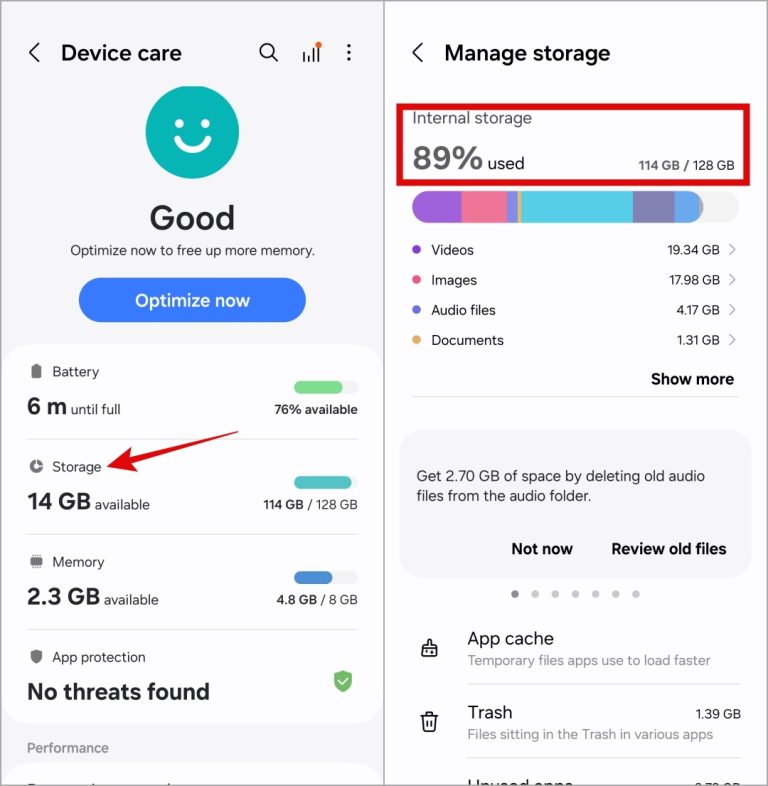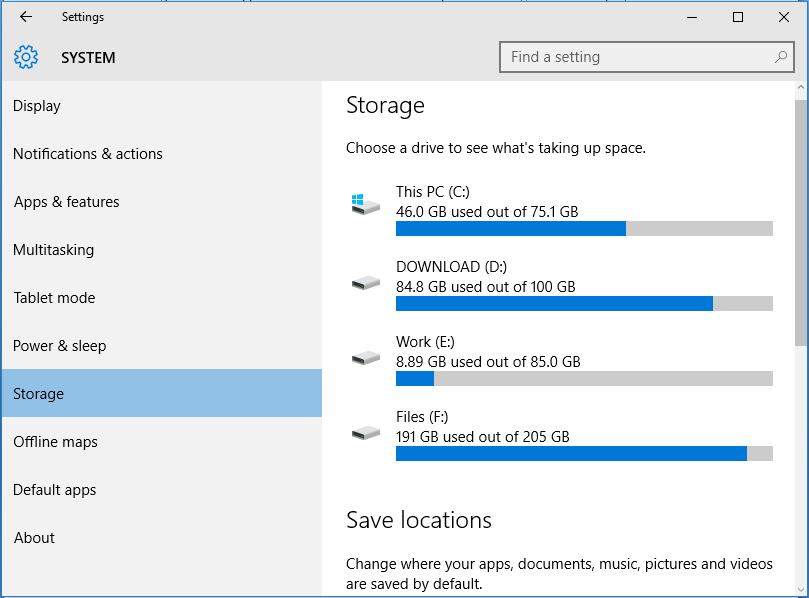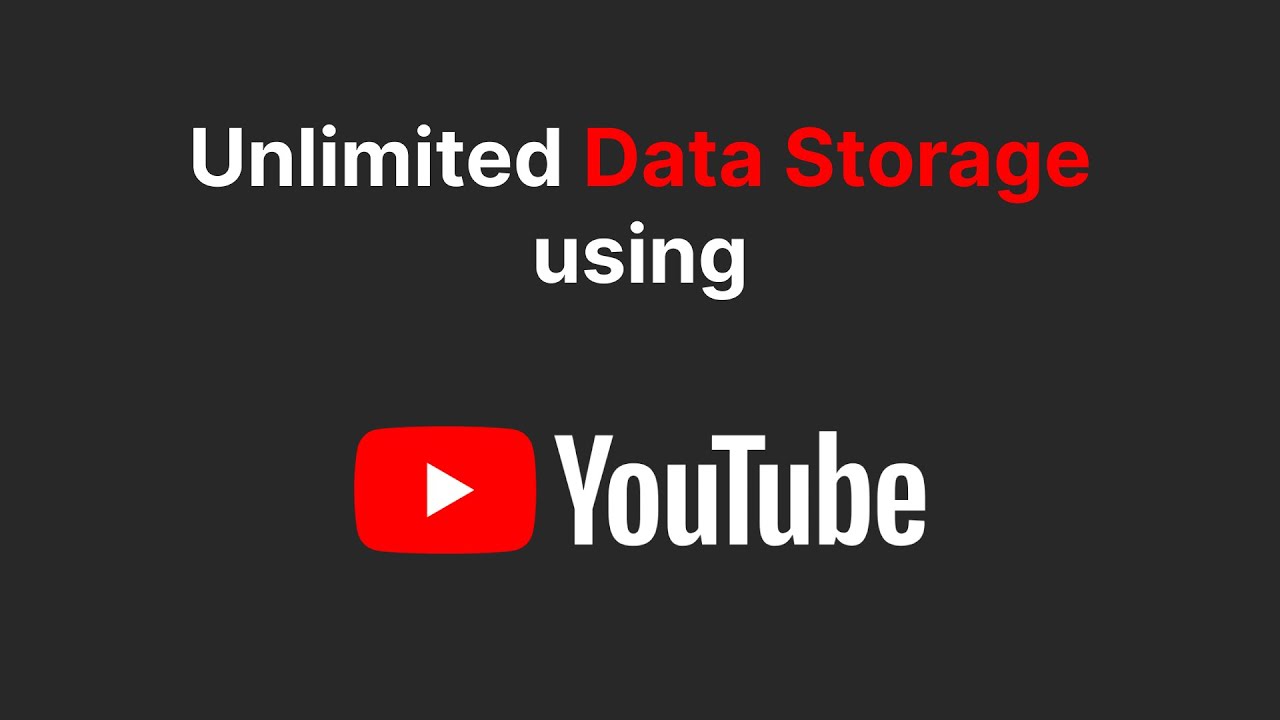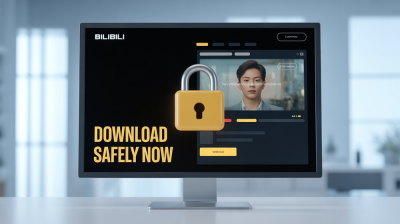In today's digital age, YouTube is a go-to platform for entertainment, education, and creativity. However, with all the streaming and downloading, it can quickly fill up your device's storage. Let’s dive into understanding YouTube’s storage impact and how you can identify what consumes that precious space!
Understanding YouTube's Storage Impact

When we think about YouTube, we often picture endless videos, music playlists, and tutorials at our fingertips. But did you know that this convenience comes with a storage cost? Here are a few key points to consider:
- Streaming vs. Downloading: Streaming videos requires minimal storage, but when you download content for offline viewing, it can take up a significant amount of space. For example, a typical HD video can consume around 1 GB per hour!
- Cache and Temporary Files: YouTube apps create caches and temporary files to improve loading times. Over time, these files can accumulate and eat into your device’s storage.
- Content Formats: The quality of the video also plays a role. Higher resolutions like 4K will take up more space than standard 720p videos.
To give you a clearer picture, here’s a quick comparison of storage usage based on video quality:
| Video Quality | Approximate Storage Usage (per hour) |
|---|---|
| 480p | 300 MB |
| 720p | 1.5 GB |
| 1080p | 3 GB |
| 4K | 7 GB |
Understanding these factors can help you make informed decisions about what to keep downloaded and what to stream. By managing your storage proactively, you can enjoy your favorite content without the hassle of running out of space!
Also Read This: How to Use Movie Clips on YouTube Without Copyright Issues: Navigating Fair Use
Identifying What Consumes Storage on Your Device

Once you understand the impact YouTube has on your storage, it’s crucial to identify what is actually consuming that space. Here are some common culprits and how to tackle them:
- Downloaded Videos: Check your YouTube app for downloaded videos that you may no longer need. Go to the "Library" section, and you'll find all your offline content. Delete those you’ve watched or no longer interest you.
- Cache and Data: In your device settings, you can navigate to the YouTube app and clear its cache. This action will free up space without deleting any downloaded videos.
- Playlists and History: If you save a lot of playlists or have a hefty watch history, consider cleaning them up. Deleting unnecessary playlists can help reduce space usage.
Here’s a quick checklist to help you identify storage hogs:
- Open your device settings and navigate to storage management.
- Check app storage usage and look for the YouTube app.
- Review downloaded content, cache, and temporary files related to YouTube.
- Clear out any playlists or watch history that you no longer need.
By regularly assessing what’s taking up space, you can maintain control over your device’s storage and enjoy a smoother YouTube experience. After all, there’s nothing worse than wanting to binge-watch your favorite series only to find you’re out of space!
Also Read This: How to Change Your Email for YouTube: A Step-by-Step Guide for Account Settings
3. Steps to Clear YouTube Cache and Data

Clearing your YouTube cache and data can help free up space on your device and improve the app's performance. It’s a simple yet effective step that many users overlook. Here’s how you can do it:
- Open Your Device Settings: Start by going to the settings menu on your device. This is typically found as a gear icon.
- Navigate to Apps: Scroll down and select the "Apps" or "Applications" section. This will show you a list of all the apps installed on your device.
- Locate YouTube: Scroll through the list until you find the YouTube app. Tap on it to access its settings.
- Clear Cache: Look for the option that says "Storage." Inside, you’ll see two options: "Clear Cache" and "Clear Data." Start by tapping "Clear Cache." This will delete temporary files, freeing up some space.
- Clear Data (if necessary): If you still need more space, you can go ahead and tap "Clear Data." Keep in mind that this will reset the app, logging you out and removing offline content, so only do this if absolutely necessary!
After these steps, open the YouTube app again. You might notice a significant improvement in loading times and overall performance. Plus, you've just freed up some valuable space!
Also Read This: How Long Does It Take to Upload a YouTube Video? Time Factors Explained
4. Managing Downloads and Offline Content
YouTube offers a fantastic feature that allows you to download videos for offline viewing. This is especially useful if you’re traveling or in a place with limited internet access. However, those downloads can quickly eat up your storage space if not managed properly. Here’s how to effectively manage your downloaded content:
- Check Your Downloads: Open the YouTube app and go to the "Library" tab. Tap on "Downloads" to see all the videos you’ve saved. Take a moment to review what you really want to keep.
- Delete Unwanted Videos: If you find videos that you no longer need, simply tap on the three dots next to the video title and select "Remove from Downloads." This will instantly free up space.
- Set Download Preferences: You can manage your download settings by going to the app's settings. You might want to adjust the quality of downloads. Lower quality videos take up less space. Choose what works best for you!
- Regularly Review Your Content: Make it a habit to check your downloads once a month. This ensures you’re not holding onto content you no longer watch.
By following these steps, you can enjoy your favorite YouTube videos offline without compromising your device’s storage capacity. Plus, it keeps your content organized and easily accessible!
Also Read This: How to Record Audio from YouTube: A Simple Method
5. Tips for Reducing YouTube Storage Consumption
If you're finding yourself tight on YouTube storage, don’t worry! There are several strategies to help you reduce your consumption and keep your channel running smoothly. Here are some practical tips:
- Limit Uploads: Consider uploading fewer videos or combine shorter clips into one longer video. This not only saves space but can also engage your audience by providing more content in a single viewing.
- Optimize Video Quality: Check your video settings. Uploading in lower resolutions (720p instead of 1080p) can significantly reduce the storage needed without compromising too much on quality for certain content types.
- Delete Unnecessary Videos: Regularly review your uploads and remove videos that aren’t performing well or are outdated. This not only clears up space but can also help your channel’s overall performance.
- Use Playlists: Instead of uploading multiple related videos, group them into playlists. This keeps your channel organized and reduces clutter, making it easier for viewers to find what they want.
- Compress Videos Before Uploading: Use video editing software to compress your videos before uploading them. This can help lower the file size while maintaining quality, freeing up more storage for future projects.
By implementing these tips, you can effectively manage your YouTube storage and ensure you have enough space for your most valuable content. Remember, it's about quality over quantity!
6. Regular Maintenance for Optimal Storage Management
Just like your home, your YouTube channel needs regular upkeep to function at its best. To maintain optimal storage management, establish a routine that focuses on cleanup and organization. Here’s how you can do that:
- Schedule Monthly Reviews: Set aside time each month to review your video library. Look for any videos that are underperforming or repetitive and decide if they should be kept or deleted.
- Check Analytics: Use YouTube Analytics to monitor video performance. Identify which videos have low view counts or engagement and determine if they’re worth keeping. This data can guide your decisions on which videos to remove.
- Organize Your Channel: Create clear playlists and categories. Not only does this help with storage management, but it also enhances user experience, making it easier for viewers to navigate your content.
- Backup Important Content: Before deleting videos, consider backing them up on external storage or cloud services. This way, you won’t lose valuable content forever, and you can always re-upload if needed.
- Stay Updated on Storage Limits: Keep an eye on YouTube’s storage policies and any changes that might affect how much you can upload. Staying informed will help you avoid running out of space unexpectedly.
Regular maintenance not only helps with storage management but also keeps your channel lively and engaging for your audience. By making this a part of your routine, you can ensure that your YouTube experience stays enjoyable and stress-free!
 admin
admin








